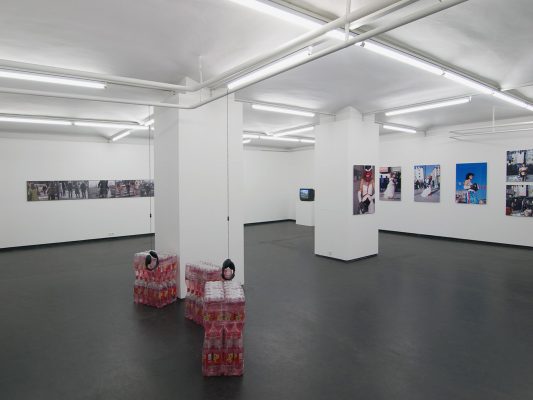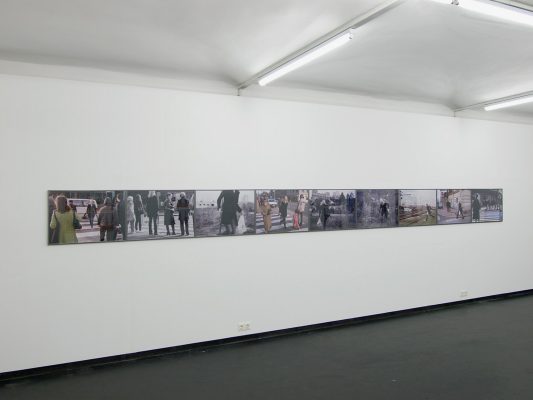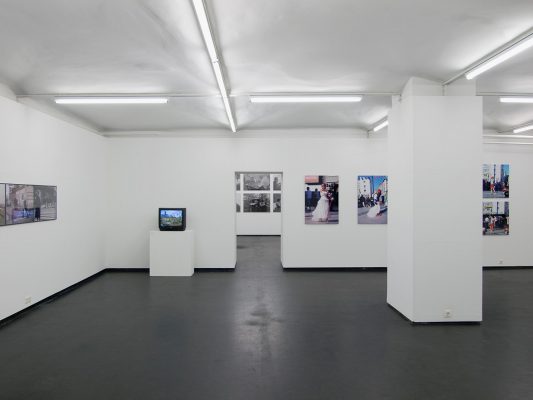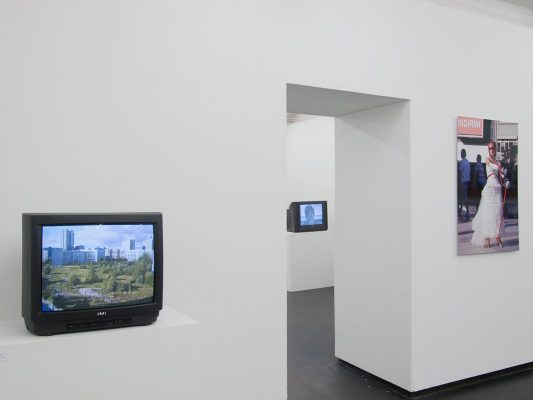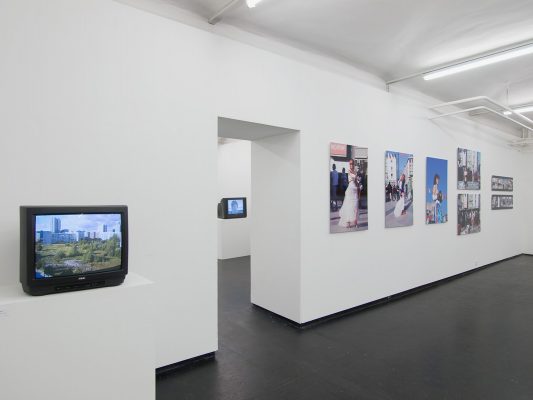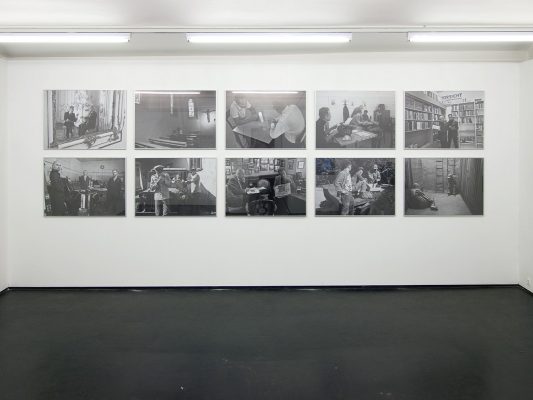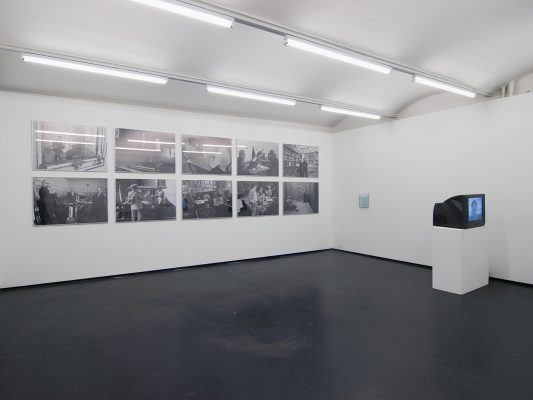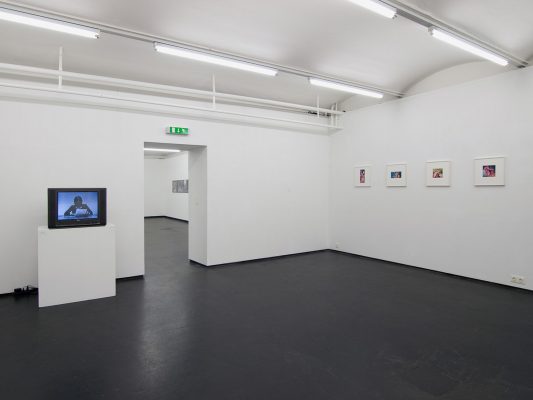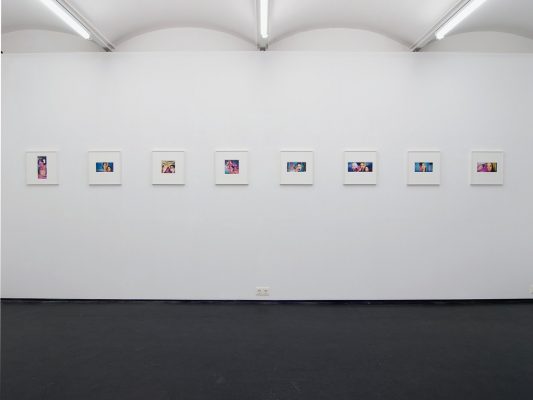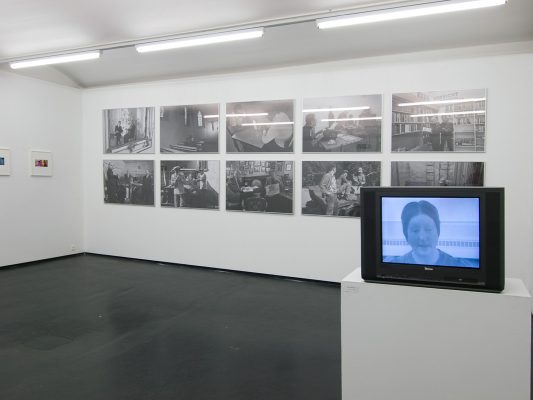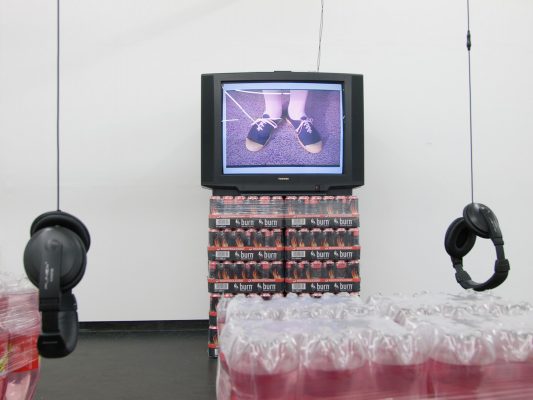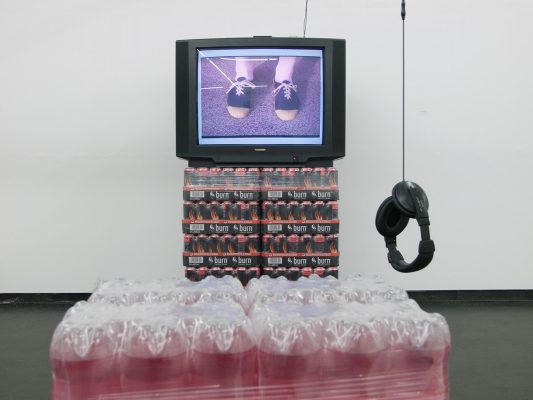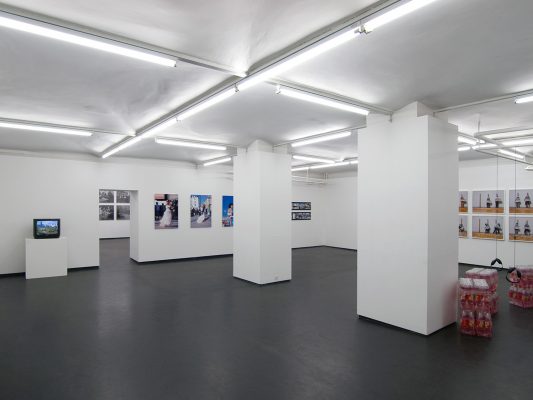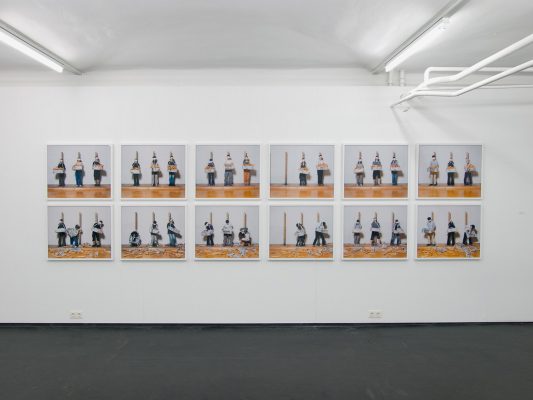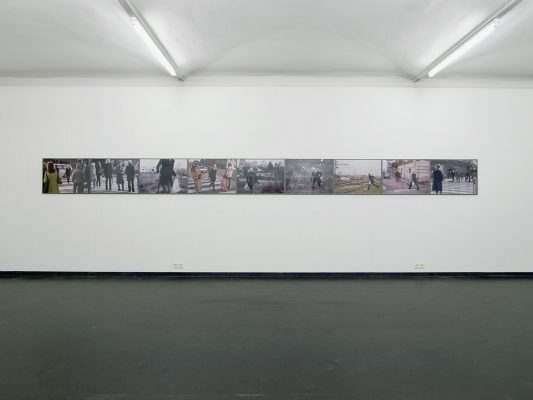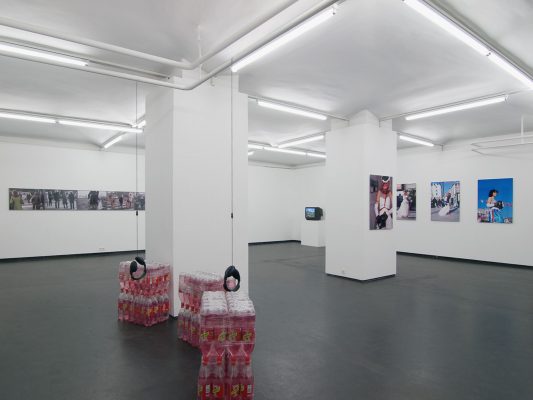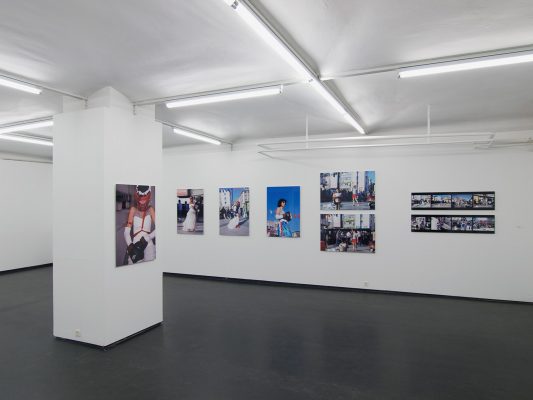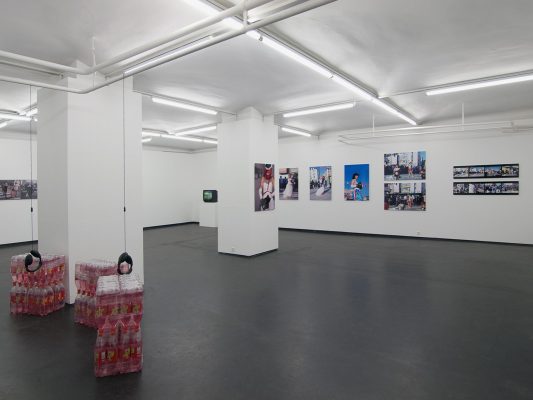Opening: Monday, December 14, 2009, 7 p.m.
Introduction: Astrid Peterle
Holidays: 20. 12. 2009 – 6. 1. 2010
Finissage and catalogue presentation PERFORMANCE:
Thursday, January 29, 7 p.m.
FOTOGALERIE WIEN’s theme of focus for the year is dedicated to PERFORMANCE IN IMAGE AND IN MEDIA TRANSFER. The title of this exhibition series refers to the complex relationship between performance and image: The ephemeral quality of performance in its form as a sequence of actions intersects with the fixation of performance through representational media, such as photography and video. In contrast to traditional perspectives that define performance as the simultaneous presence of both artist and viewer in one space and time, the three exhibitions present primarily performances that were produced for the camera or performative installations. As a result, the opportunity for alternative receptions of performance is made possible.
The third exhibition – PERFORMANCE III – Gender, Politics, Social Issues and Intercultural Studies – combines positions from Europe, the U.S.A., and Asia offering a multifaceted insight into the artistic explorations of social and political themes. In their photographs and videos, the artists concern themselves, as the protagonists in front of the camera, with the history and the social and cultural specifics of the societies they live and work in. The exhibited videos and photographs illustrate how art can renegotiate the “visible, sayable, thinkable” (Jacques Rancière).
Katrina Daschner’s photo collages from an early series of works LOCATION: bathroom, now being exhibited for the very first time, show the artist herself masked in hybrid spaces. Veils, wigs, and beards as well as fetishized masks, identified by the artist as “pimps”, are used in a transgressive analysis of binary gender constructions, These “pimps” that take possession of body parts emphasize specific longings instead of hiding them as if behind a mask.
The artist group G.R.A.M. (Günther Holler-Schuster and Martin Behr) creates imagery for events of entirely varying origins, and for which images do not yet exist: In the photograph series unsichtbar (or invisible), the acts of resistance from various social groups against the Nazi regime in Styria are visualized. The video Musikalische Komödie für’s Fernsehen (Farbfernsehen) (or Musical Comedy for T.V., Color T.V.) shows the implementation of the score for a performance by Rudolf Schwarzkogler that had never yet been performed.
Nilbar Güres’ photographs from the series Unbekannte Sportarten im Öffentlichen Raum (or Unkown Forms of Sport in Public Space) documents the artist’s performance in a conservative religious district in Istanbul, Fatih, which is known citywide for its bridal stores. Güres wears a bridal gown on top of a boxer outfit, along with a kind of strangling version of the traditional red band, a symbol of virginity. The artist requests people passing by to remove single items of clothing that the artist is wearing. The photos offer a glimpse of an entire spectrum of human reactions to the performance, a performance that undermines gender norms.
Lena Lapschina’s video Innere Werte (or Inner Values) plays ironically with the stereotypes of the East and the West and stimulates a reflection about myths, disillusion and empathy. The video tells a story about a migrant woman from the former Soviet Union, whose long-held dream of acquiring “western” brand name tennis shoes is fulfilled. However, in the end, not only do the soles of the shoes begin to fall apart, the illusion that everything would be better in the West also crumbles.
In Tatsumi Orimoto’s performance Punishment, bread serves as a symbol for failed communication, but also – with a Christian connotation – for the body. The performance makes reference to the crucifixion of Christian missionaries in Nagasaki in 1597. The missionaries were initially seen as a connection to Europe, but were ultimately deemed as destabilizing to the system. The performers in Punishment, as carriers of bread, represent the bearers of a message that was understood to be a threat by rulers, which was hence punished.
Katarina Ševic’s video Social Motion shows a mass choreography initiated by the artist in a sculpture park in Berlin. The fascination with the “mass ornament” (Siegfried Kracauer) here disposes of any and all party political or ideological connotations. Without rehearsal and in a one-time event, 120 participants walked through the park following the commands given to them (for example, stand still, or walk slowly). The performance thereby raises questions about the individual’s maneuverability and capacity to act among the masses.
Milica Tomic´’s most recent project, One day, instead of a night, machine-gun fire will burst through the night, if light cannot come otherwise is based on an exploration of the history of anti-fascist resistance fighters in Yugoslavia, framed by a context questioning how the understanding of war and resistance has changed with the current “war on terror”. In an act of remembrance, Tomic revisited the places in Belgrade where fighters of the People Liberation Movement successfully carried out actions during World War II.
Martha Wilson’s video performances Premiere and Deformation took place in the early 1970’s, before the artist founded Franklin Furnace, a legendary avant-garde archive in New Year. In Premiere, Wilson reads aloud a script about the relations between identity, performance and everyday life. Deformation combines a reflection about self-perception with the relentless dismantling of the ideals of beauty: At first, Wilson presents herself in front of the camera all made up and as “beautiful” as possible, only to eventually accomplish the opposite, also through the use of make-up and various camera angles.
Press text: Astrid Peterle
